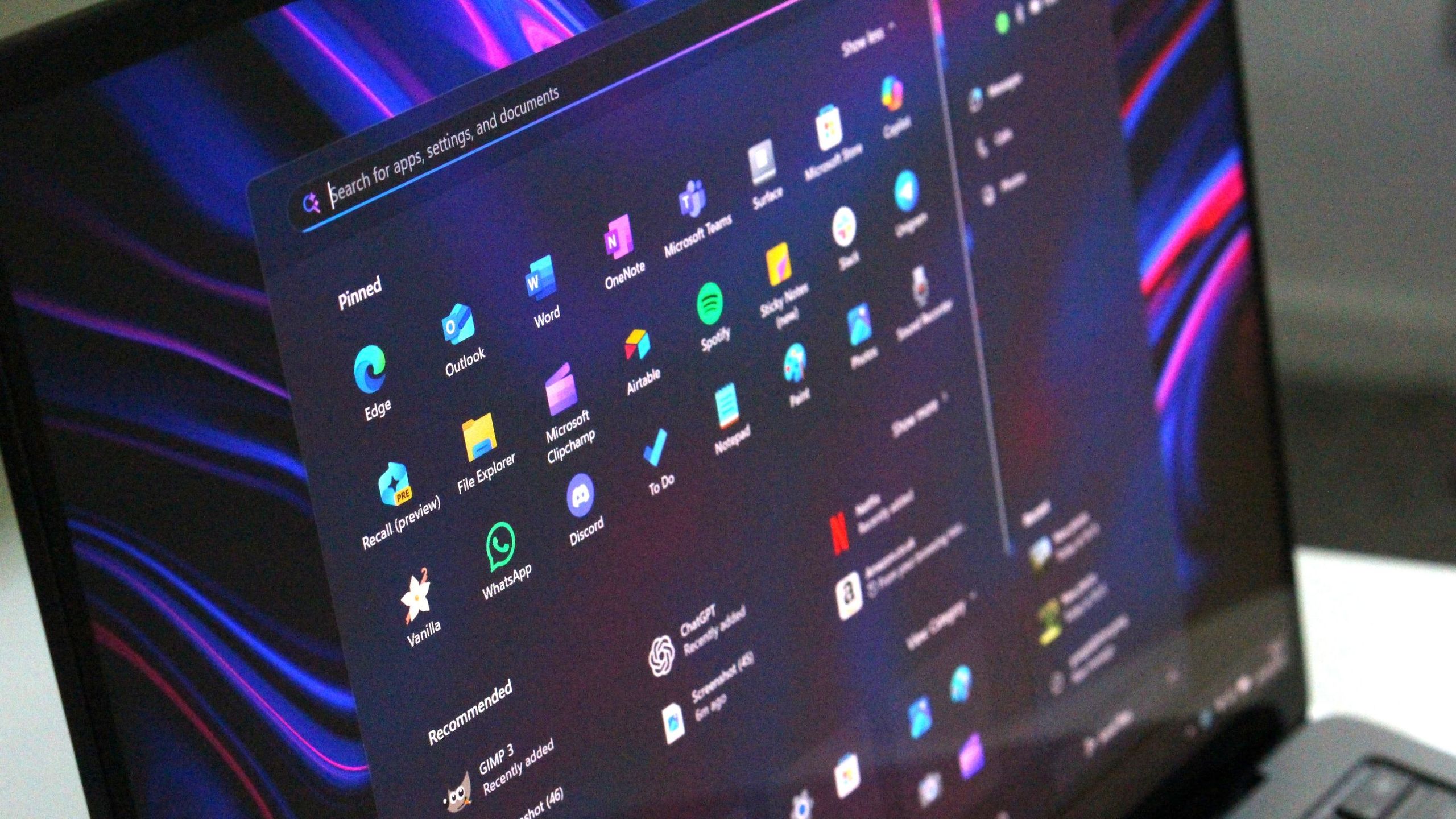![]()
Hasselblad’s new 100-megapixel X2D II 100C medium format camera introduces several key new features, including finally bringing continuous autofocus to the Hasselblad X system, a complete end-to-end HDR workflow, and remarkable 10-stop image stabilization.
Following 2022’s X2D 100C, the Hasselblad X2D II 100C is Hasselblad’s first-ever camera to include continuous autofocus, addressing a common complaint lodged against the company’s medium format mirrorless cameras since the first model, the X1D, launched in 2017. The autofocus system is powered by an improved phase-detect autofocus system alongside a LiDAR system embedded into the front of the camera. While not every Hasselblad lens works with continuous autofocus, many XCD lenses do, including the brand new XCD 35-100mm f/2.8-4 E. Further, the X2D II 100C also includes a new AF illuminator to further improve the camera’s focusing performance in low light.
![]()
Alongside the hardware-based autofocus improvements, the X2D II 100C also includes deep learning-based subject detection. Available subject detection targets include people, animals, and vehicles.
The camera also features some key design improvements. The X2D II 100C finally adds a joystick, which can be used alongside the large 3.6-inch touchscreen for menu navigation and for moving the autofocus area. This addresses another common complaint lodged against the X2D II 100C’s predecessors. The new joystick is flanked by a new custom control button, bringing the camera’s total number of custom buttons to eight.
![]()
As for the camera’s large 3.6-inch rear display, it is now brighter than before (1,400 nits), displays the P3 color gamut, and has a D65 white balance. Hasselblad says the OLED is well-suited for accurately displaying HDR images, more on that shortly. The camera’s EVF remains big, bright, and sharp. The EVF has 1.00x magnification and 100% coverage. Like the rear panel, it can also display the camera’s HDR images.
The body also sports a slightly revised matte gray finish that Hasselblad says is more durable, a new black logo, and a refined grip texture. Alongside these aesthetic and functional changes, the camera has lost a bit of weight. The X2D II 100C is 7.5% lighter than its predecessor despite the numerous additions to the body. The camera still retains its predecessor’s 1TB internal SSD and CFexpress Type B card slot as well.
![]()
The X2D II 100C still has a 100-megapixel medium format BSI CMOS sensor, although Hasselblad claims it is enhanced. The sensor captures 16-bit RAW images and promises up to 15.3 stops of dynamic range, up from 15 stops on the original X2D 100C. The camera’s base ISO is now 50, down from 64.
The camera’s biggest new imaging trick is its end-to-end HDR capture workflow. The Hasselblad X2D II 100C is the first medium format camera to support HDR, and it does so via the new Hasselblad Natural Color Solution HDR (HNCS HDR) processing. The camera captures Ultra HDR JPEG and HDR HEIF files, but it can also process its RAW images in HDR using the accompanying Phocus Mobile 2 app and compatible software, including Hasselblad Phocus and Adobe Lightroom. When displayed on HDR-capable platforms, the X2D II 100C’s HDR photos promise brighter highlights and expanded tonal range.
![]()
Another improvement that aims to make it easier to capture high-quality photos is improved five-axis image stabilization. The original X2D 100C’s IBIS is already good, rated for seven stops. However, the X2D II 100C’s IBIS is now rated for 10 stops of image stabilization, the highest of any camera in its class.
Pricing and Availability
The Hasselblad X2D II 100C is available now for $7,399 (€7,200).
Image credits: Hasselblad
Source link


